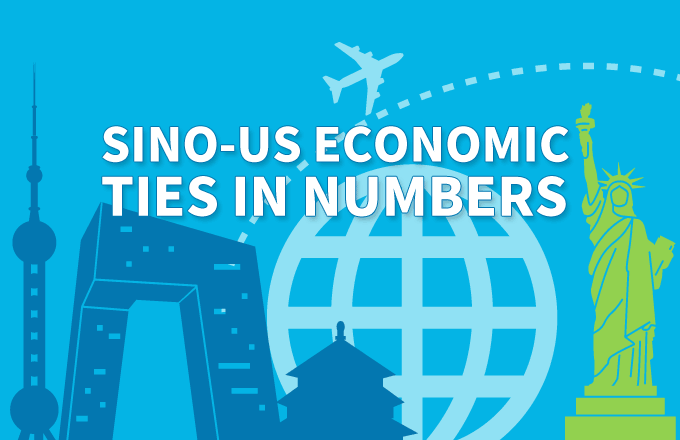China's Belt and Road Initiative promotes connectivity, development along ancient route
BEIJING -- More than three years ago, Chinese President Xi Jinping proposed to build the Silk Road Economic Belt and the 21st-Century Maritime Silk Road.
Looking back at 2016, the Belt and Road Initiative has gained fruitful early achievements, promoting connectivity and opening up possibilities and potentials for development along the ancient trade route.
SILK ROAD ECONOMIC BELT STRINGS ROADS TOGETHER
One day in golden October in Kashgar of China's Xinjiang Uygur autonomous region, a fleet of 50 trucks of a joint trade convoy carrying large containers started to roll along the China-Pakistan Economic Corridor (CPEC).
After passing the Pamirs, crossing the Har goolun Range, and threading Pakistan's western region, the fleet finally arrived at its destination -- the Gwadar Port of Pakistan, concluding its 3,115-km journey in a month.
The containers carried by the fleet were shipped to the United Arab Emirates and other countries, marking the Gwadar port's first export of containers to overseas destinations, and showing that the port has restored the designed handling capacity.
Pakistani Prime Minister Nawaz Sharif said that CPEC is destined to transform the entire country and open up a world of possibilities for not just Pakistan but also Central Asian states.
In February 2016, China Railway Tunnel Group completed building the Qamchiq Tunnel in Uzbekistan, the longest tunnel in Central Asia. It is part of the 169-km Angren-Pap railway line, a major state project. After completion of the rail line, Uzbekistan's domestic transport will no longer have to go through foreign territories.
"If we say 2013 is the year of proposal, 2014 is the year of guideline, 2015 is the year of top-level design, then 2016 is the year of implementing landmark projects of the Belt and Road Initiative," said Zhao Lei, a professor at China's Central Party School. "Many European countries have high approval rates on the Belt and Road Initiative."
Perhaps the busy-running China-Europe trains give the best illustration to people's acceptance. Since the Belt and Road proposal, trains running between Europe and China have been burgeoning. By June 2016, trains had been running nearly 2,000 times between China and Europe, with a total of import and export value of $17 billion.
Many other projects are also under way. The China-Belarus industrial park is in development, the Hungary-Serbia railroad is to be constructed by the Chinese side soon, cooperation between China and Central and Eastern European countries has been further expanded.
The Silk Road Economic Belt, with a nature of inclusiveness and openness, has become a vital link connecting regional development and China's transformation.
- Construction starts on world's highest power transmission project in Tibet
- Henan province school invests one million yuan into building on-site zoo
- Shenzhen regulates bike sharing service
- Former vice Jiangsu governor expelled from CPC, public office
- Xu Qin appointed acting governor of Hebei



















